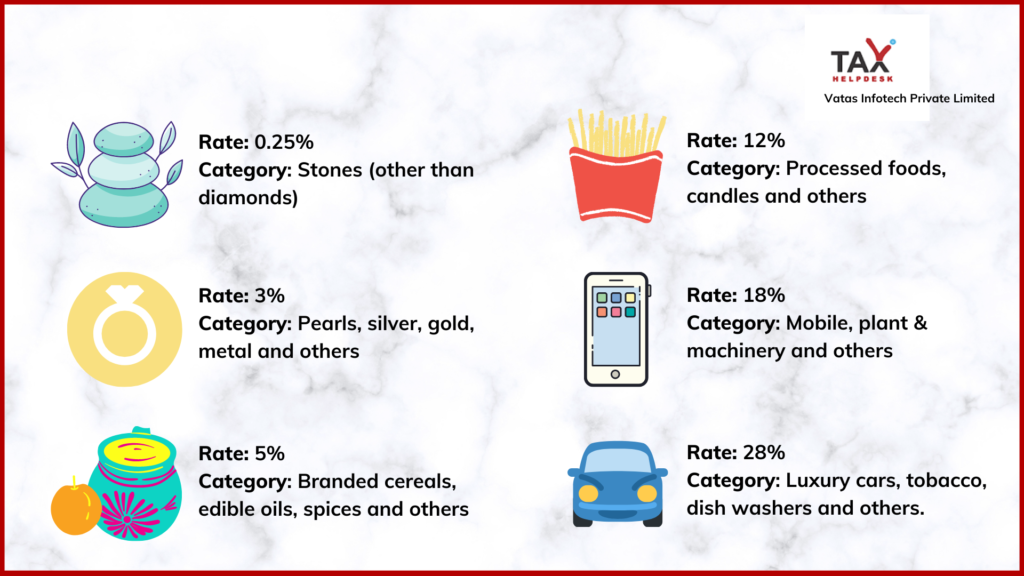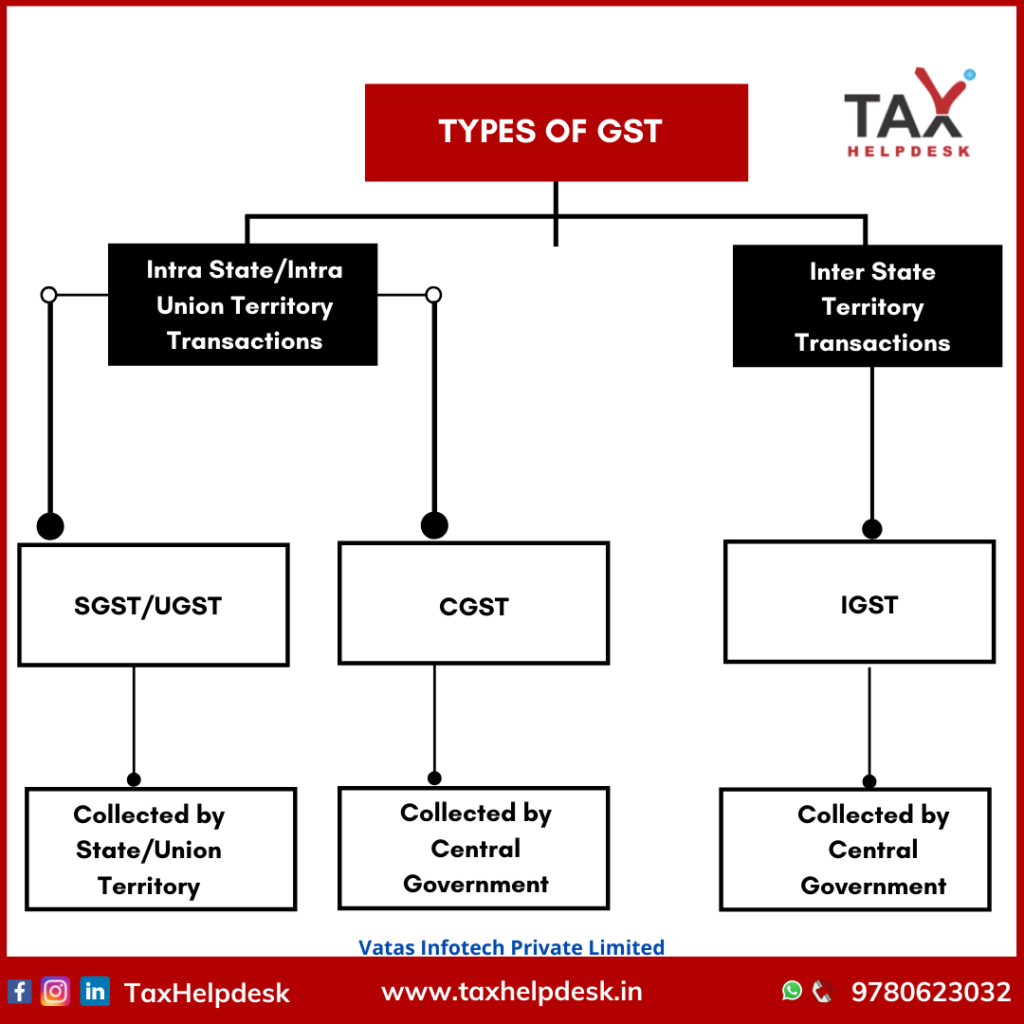Article 265 of the Constitution of India empowers Central Government to levy and collect tax. Further, it empowers the State Governments to levy sales tax or Value Added Tax(VAT) on the sale of goods and/or services. In addition to this, the Central Sales Tax(CST) was levied on sale of inter State goods and/or services by the Central Government, but was collected and retained by the “exporting” States. Many States also used to levy an entry tax on the goods arriving in their States. This power to collect GST by the Centre and States had led to multiplicity of indirect taxes in India.
Due to the multiplicity of the these taxes, the end result was that it made India a complexed indirect tax structured country. So, in order to simplify and make tax an easy thing to understand for a layman, various taxation reforms were enforced.
– System of VAT on services at the Central Government level was introduced in 2002.
– System of collection of VAT by State Government on intra state trade and CST on inter state trade was introduced in 2005.
Despite all these tax reforms, the indirect taxation still remained to be a complex one. Therefore, it lead to the idea of “One Nation, One Tax” i.e., introduction of GST in India. The genesis of the introduction of GST in the country was laid down in the historic Budget Speech of 28th February 2006, wherein the then Finance Minister laid down 1st April, 2010 as the date for the introduction of GST in the country. Thereafter, there has been a constant endeavor for the introduction of the GST in the country whose culmination has been the introduction of the Constitution (122nd Amendment) Bill in December, 2014. It came into force on July 1, 2017.
What is GST?
GST, also known as Goods and Services Tax is an indirect tax levied on supply of goods and/or services. It came into force on July 1, 2017.
What does GST Replace?
The following Acts are replaced by GST:
– State Value Added Tax
– Central Sales Tax
– Luxury Tax
– Octroi and Entry Tax
– Entertainment and Amusement Tax
– Tax on advertisements
– Purchase Tax
–Taxes on lottery, betting and gambling
– State surcharges and cesses that relate to goods and services
Who should register for GST?
The following should register for GST:
– Business turnover exceeds Rs.20 lacs (Rs.10 lacs for North Eastern states) in case of services and Rs. 40 lacs in case of goods
– Person who was registered under the earlier laws (Excise, VAT, etc)
– Person supplying goods inter state
– Person deducting TDS under GST laws
– Person supplying goods via ecommerce operator
– Casual taxable person
– Non Resident taxable person
– Person paying tax under Reverse Charge Mechanism
– Input service distributor
– Ecommerce operator or aggregrator
What is Input Tax?
As per the provisions of GST Act, input tax in relation to a registered person, means the Central tax, State tax and Integrated tax charged on any supply of goods or services or both. This tax is charged in furtherance of the business and includes such tax payable on reverse charge basis— but excludes tax paid under composition levy
ALSO READ: How to claim Input Tax Credit?
GST Rates

Types of Goods and Services Taxes?
Under the GST Regime, taxes have been divided into three parts:
-CGST (Central Goods and Services Tax)
-SGST (State Goods and Services Tax)
-IGST (Integrated Goods and Services Tax)

Frequently Asked Queries
Does aggregate turnover include value of inward supplies received on which RCM is payable?
Aggregate turnover does not include value of inward supplies on which tax is payable on reverse charge basis.
Whether aggregate turnover includes turnover of supplies on which tax is payable by the recipient under reverse charge?
Outward supplies on which tax is paid on reverse charge basis by the recipient will be included in the aggregate turnover of the supplier.
Is it correct that person dealing exclusively in NIL rated or exempt goods/ services liable to register if turnover exceeds the prescribed limits?
There is no liability of registration if the person is dealing with 100% exempt supplies.
How long can I wait to register in GST ?
An unregistered person has 30 days to complete its registration formalities from its date of liability to obtain registration.



Pingback: Quarterly Return Monthly Payment Scheme under GST | TaxHelpdesk
Pingback: How does Input Tax Credit Work? | TaxHelpdesk
Pingback: GST on Director’s Remuneration on RCM basis | TaxHelpdesk